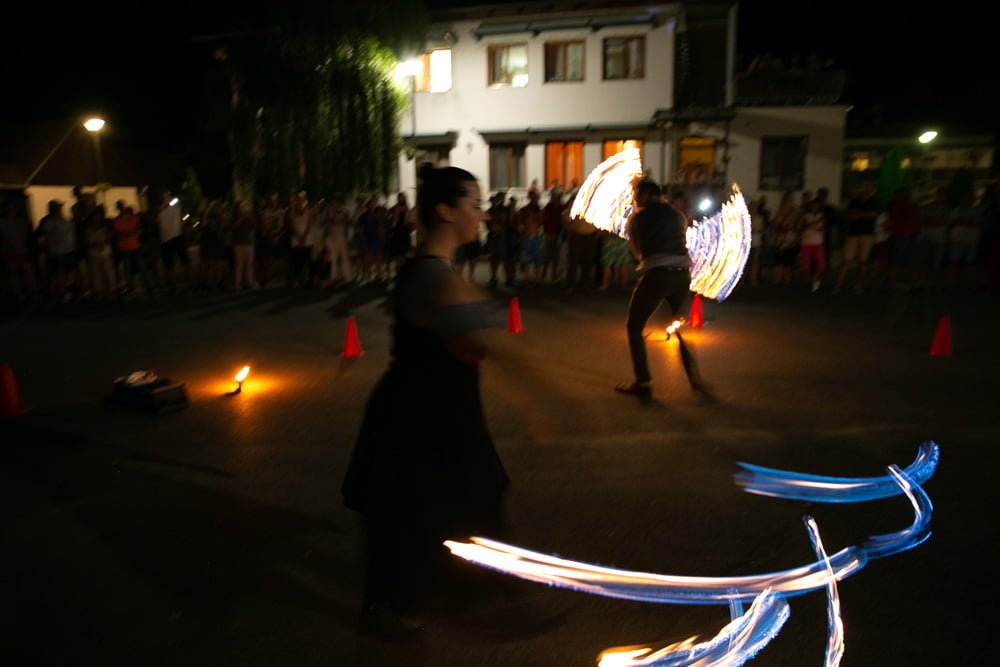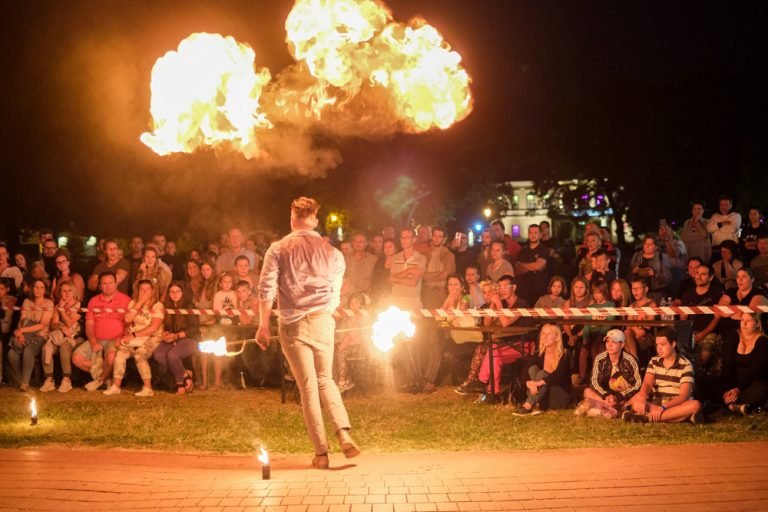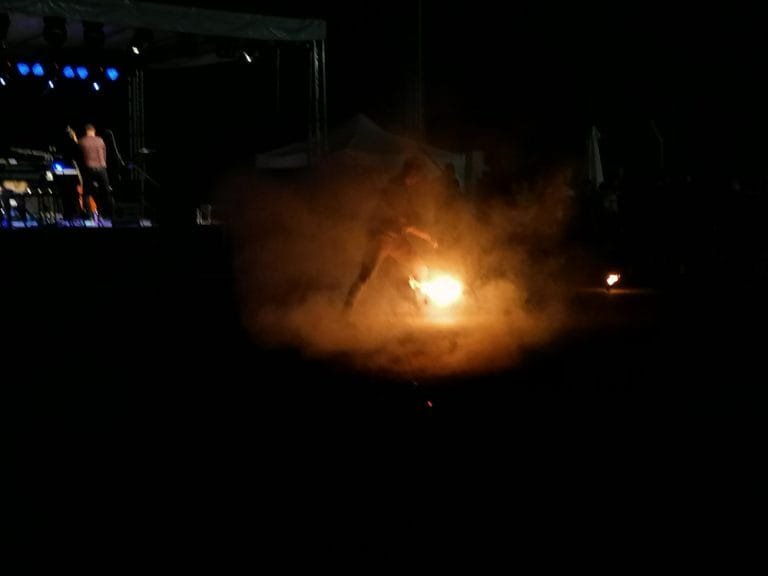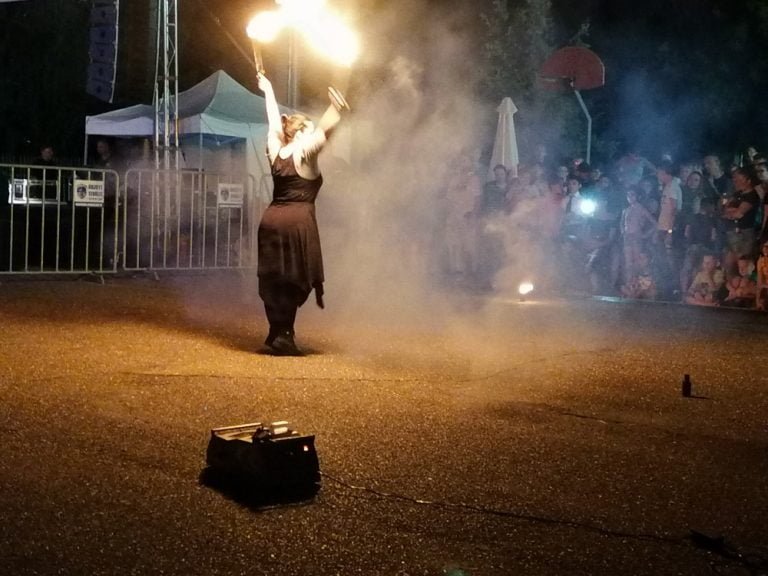### fire performer safety: important precautions for fire performers
When it comes to fire performers, safety should always be the top priority. Engaging in fire acts can be thrilling and visually stunning, but it also comes with inherent risks. To ensure a successful and accident-free performance, it is crucial to take the necessary precautions. In this article, we will discuss some important safety measures that fire performers should always keep in mind.
#### Fire Safety Equipment
One of the most important aspects of fire performance safety is having the right equipment. Fire performers should always use high-quality fire props that are specifically designed for performance. These props should be made from fire-resistant materials and should be checked regularly for any signs of wear and tear. Additionally, performers should always have safety equipment on hand, such as fire extinguishers, first aid kits, and protective clothing.
#### Proper Training and Experience
Fire performers should never attempt a fire act without proper training and experience. It is essential to learn the proper techniques for manipulating fire props and to practice in a controlled environment before performing in front of an audience. Performers should also be familiar with fire safety protocols and know how to react in case of an emergency.
#### Fire Safety Precautions
Before starting a fire performance, it is important to take certain precautions to minimize the risk of accidents. Performers should always have a designated safety spotter who can extinguish the flames if necessary. The performance area should be clear of any flammable materials, and performers should be mindful of their surroundings at all times. It is also important to check the weather conditions before performing outdoors to ensure that it is safe to use fire props.
#### Emergency Response Plan
In the event of an accident or fire-related incident, performers should have a clear emergency response plan in place. This plan should include steps for extinguishing the flames, contacting emergency services, and providing first aid to any injured individuals. Performers should also be aware of the nearest exits and emergency evacuation routes in case of a fire.
#### Regular Safety Inspections
To ensure that their equipment is in good working condition, fire performers should conduct regular safety inspections of their props. This includes checking for any signs of damage, ensuring that all safety equipment is present and functional, and practicing proper fire safety techniques. By staying proactive and vigilant, performers can reduce the risk of accidents and ensure a safe and successful performance.
In conclusion, fire performers should always prioritize safety when engaging in fire acts. By following the precautions outlined in this article, performers can minimize the risk of accidents and ensure a safe and enjoyable experience for both themselves and their audience. Remember, safety always comes first when it comes to fire performance.





